政府新闻
台湾地震为什么在上海也震感强烈? 2024-04-03
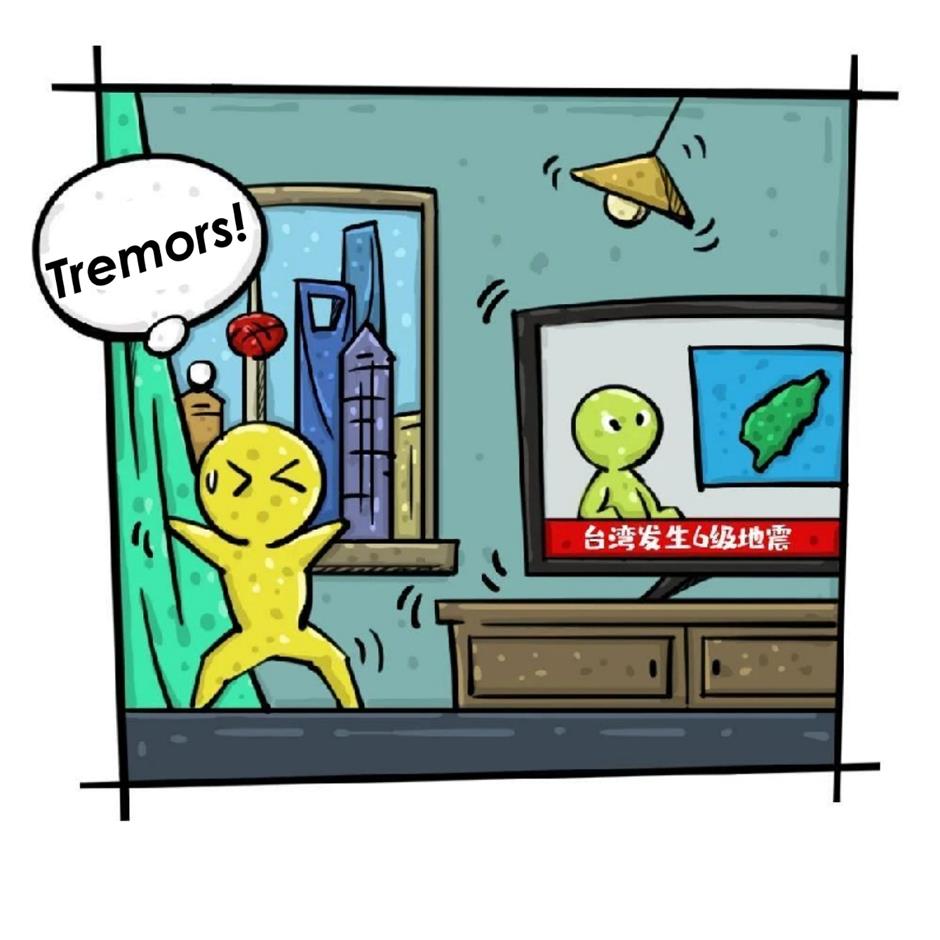
In recent years, whenever an earthquake of magnitude 6 or above occurs in Taiwan, many Shanghai residents living in high-rise buildings can feel the tremors.
They may worry that Shanghai is about over 800 kilometers away from Taiwan and why do they feel the tremors of the strong earthquake so clearly?
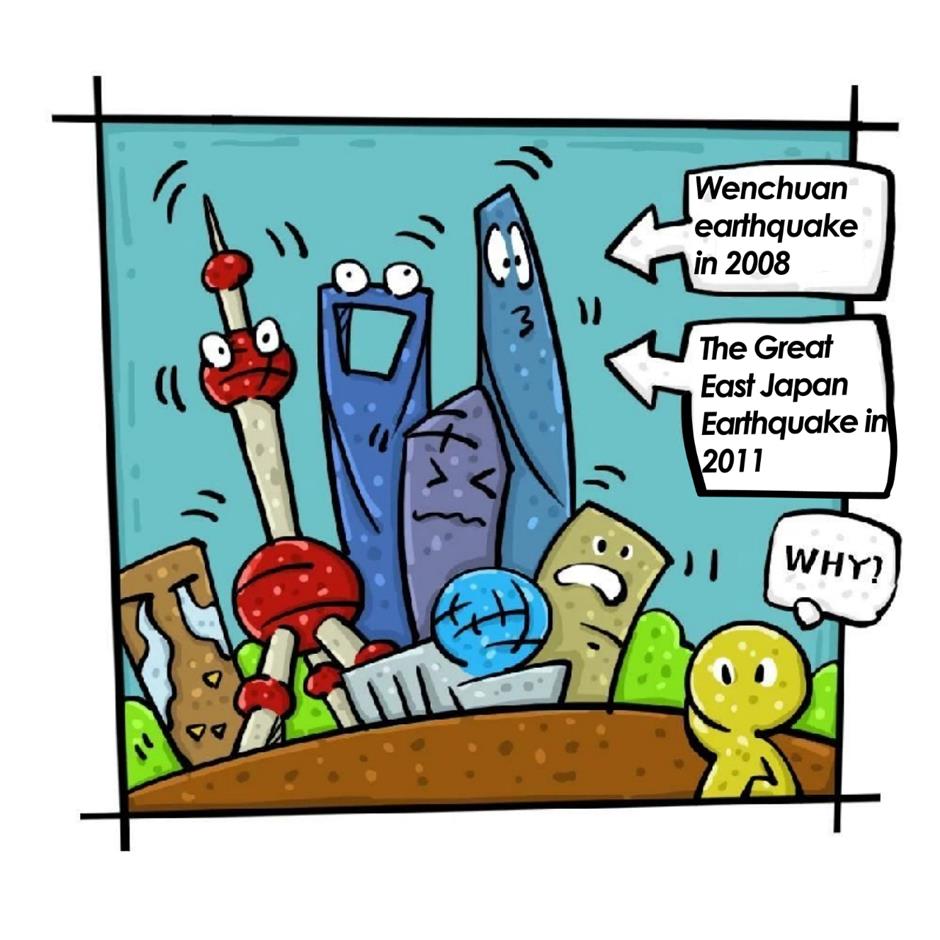
However, when the 2008 Wenchuan earthquake struck, and during the Great East Japan Earthquake in 2011, high-rise buildings in Shanghai also shook.
With information provided by the city's earthquake administration, City News Service will tell you the causes of local high-rise buildings' shaking from far-distant earthquakes.
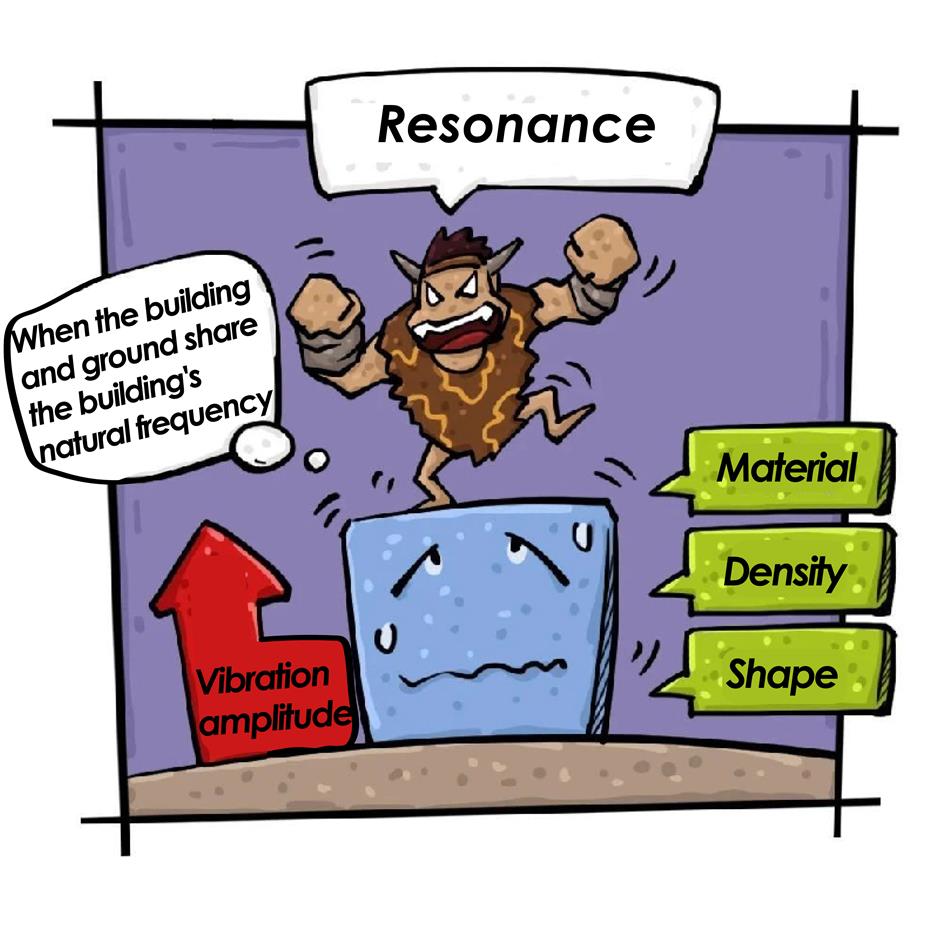
This is what in physics is called a phenomenon of "resonance."
The abnormal shaking of Guangdong's Humen Bridge in 2020 and the shaking of Shenzhen's SEG Plaza building in 2021 were both due to the resonance between the building and the wind.
It seems that resonance has the magic of using a small force to move a huge object.
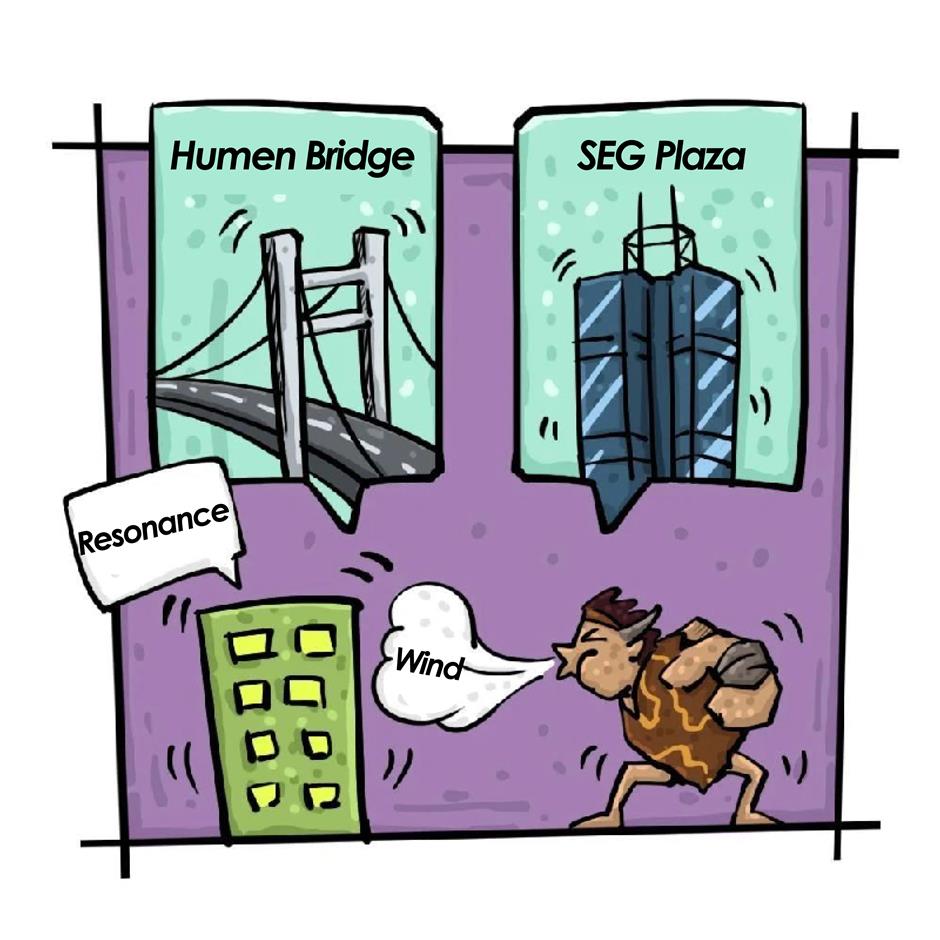
Resonance is also common in earthquake disasters in modern cities.
An earthquake will generate seismic waves of different frequencies.
During the wave's propagation process, the high-frequency components will decay rapidly, while the low-frequency components will be retained in part.
The frequency range of low-frequency seismic waves, also known as long-period seismic waves, is closer to the natural frequency of high-rise buildings, which causes high-rise buildings to produce resonance reactions.
That is why Shanghai's high-rise buildings will shake significantly under the ground motion of a far-distant earthquake.
People in high-rise buildings feel the shaking more significantly than those living in low-rise buildings.
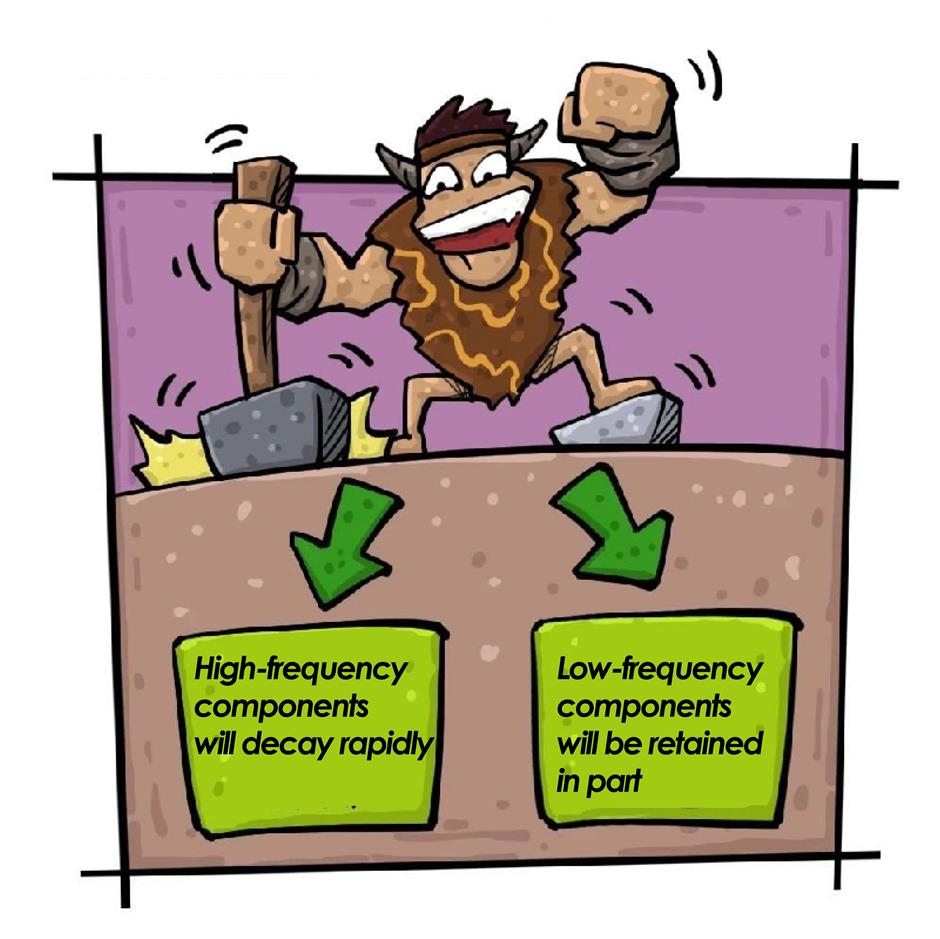
In addition, the degree of shaking is related to where a building is located.
When a building is located in a sedimentary basin or the surface is covered with a thick layer of soil, the low density of the soft soil layer will have a significant amplification effect on the ground motion.
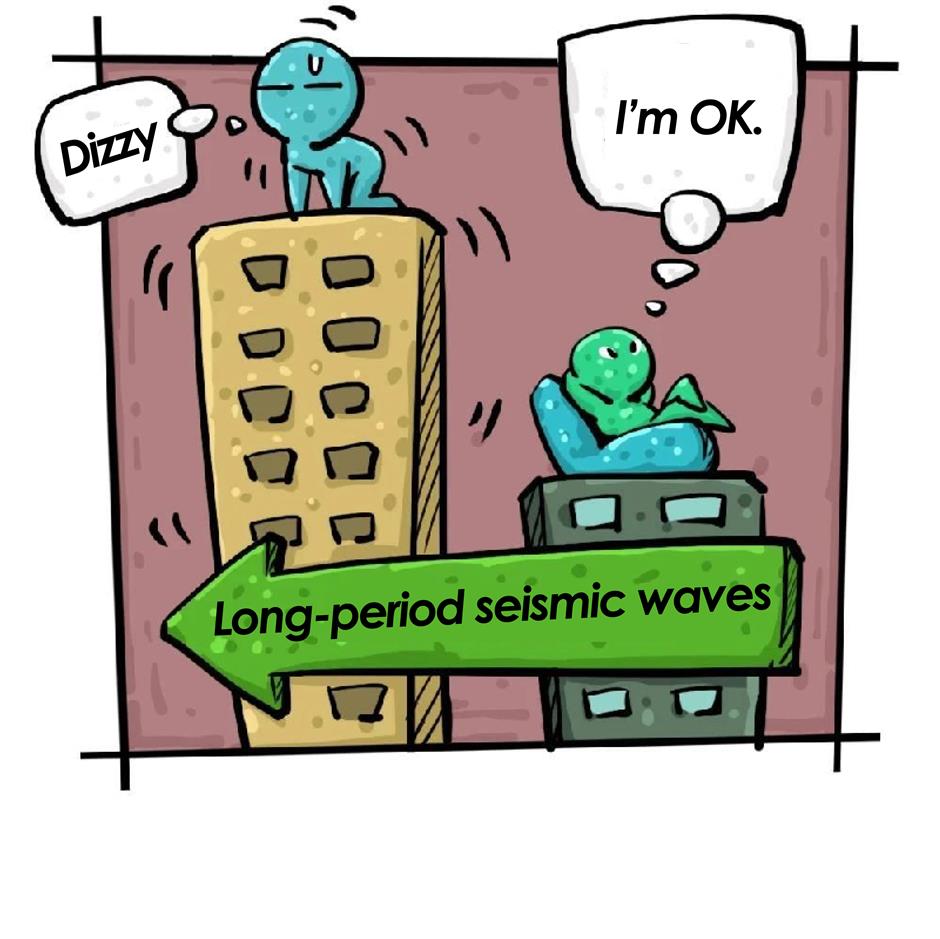
Shanghai is in such a condition. The surface of Shanghai is covered with a soft covering soil layer with an average thickness of 280 meters, and the thickest can reach 400 meters.
This cotton-candy-like soft soil layer is like a magnifying glass, which has a certain amplification effect on ground motion, allowing high-rise buildings that already have resonance reactions to further let themselves go and sway in the earthquake.
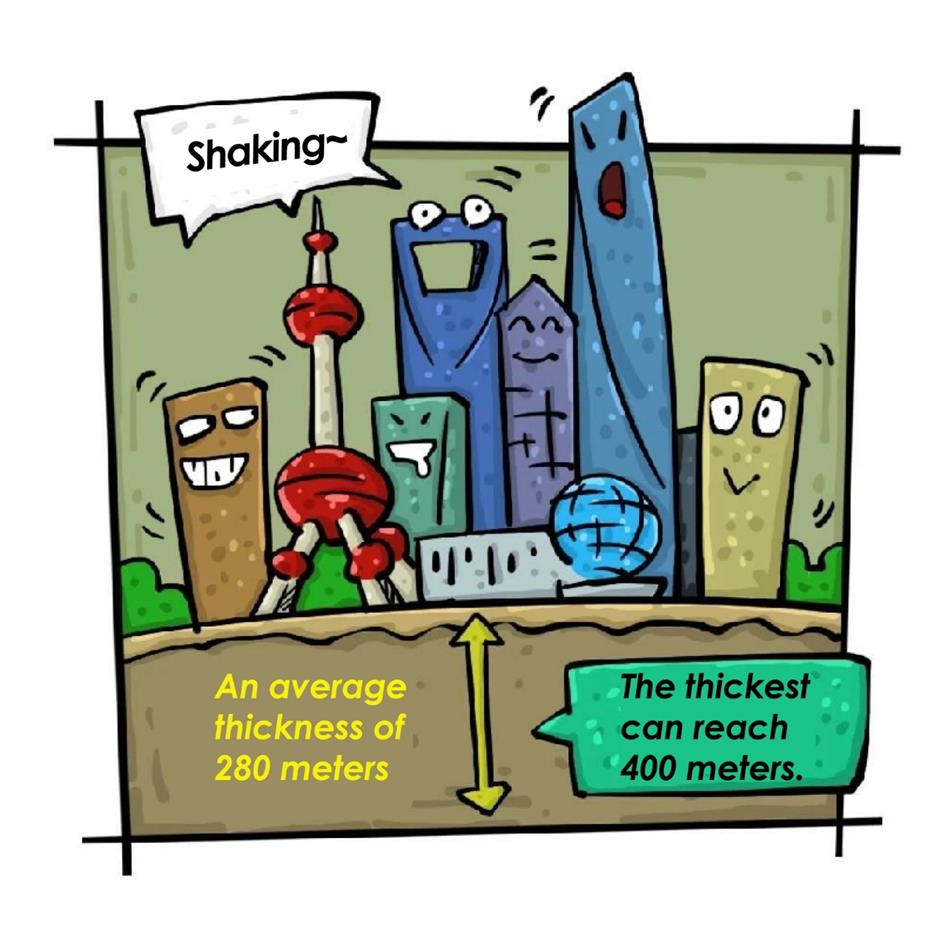
So don't be too worried. In Shanghai, buildings are built strictly in accordance with earthquake-resistant standards, which is designed for earthquakes of magnitude 7.
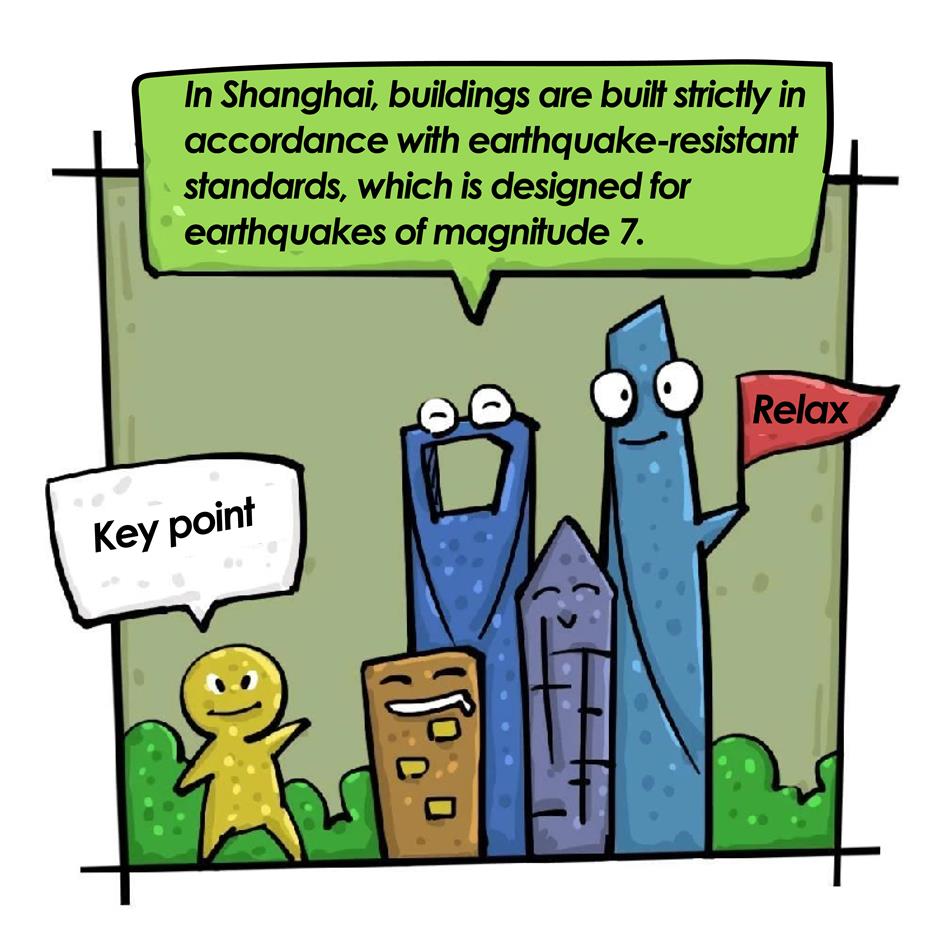
Even if strong earthquakes hit China's western area and Taiwan region, Japan or other neighboring countries, the buildings in Shanghai could withstand vibrations.
Keep in mind that finding shelter nearby during an earthquake, and removing any risks and leaving by the safest route possible after any quakes is the way to deal with earthquakes when you are in high-rise buildings.
Illustration by Shanghai Earthquake Agency and Li YI from City News Service
Source: Shanghai Daily
